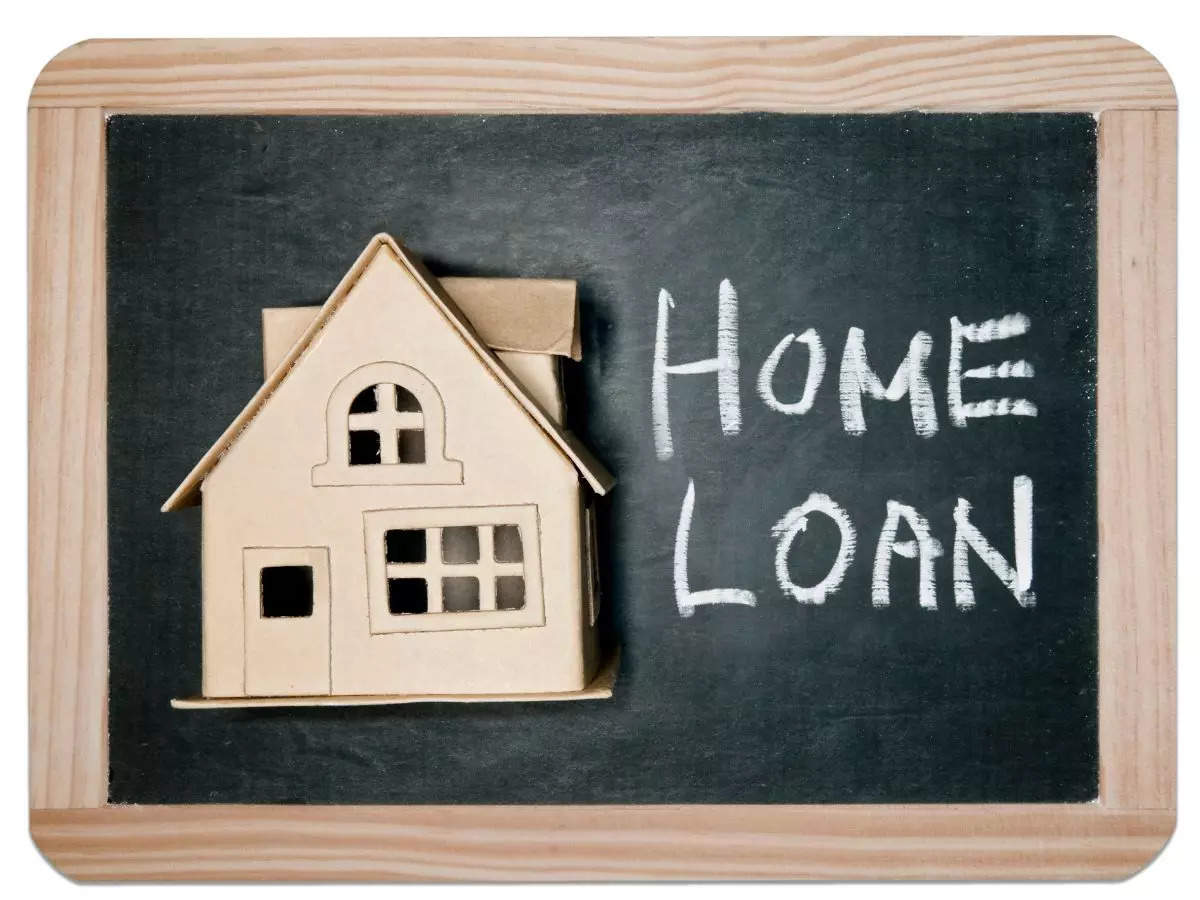- Rising inflation prompted central banks around the world to raise interest rates.
- This has also resulted in an increase in interest rates on home loans, leading to an increase in EMIs on home loans.
- Here’s how much India’s biggest banks have hiked mortgage interest rates in 2022.
Home loan EMIs have increased for almost everyone, regardless of their credit scores, tenure, or loan amounts. After three rate hikes by the Reserve Bank of India, various Indian banks and housing finance companies raised interest rates up to 2%, making it expensive to acquire homes.
Home loans are offered with two types of interest rates – floating and fixed. As the name suggests, the interest rate component changes or remains fixed, depending on the type of loan you have chosen.
After remaining at ten-year lows for the past two years, mortgage interest rates are rising again, reaching as high as 2% in some cases.
For context, of the banks and financial institutions listed below, Citibank, Bank of Baroda, PNB and IDFC First Bank offered home loans at 6.5%, and the highest rate was 6.9 %
Now, after three rate hikes by the RBI, the lowest interest rate on home loans is 7.45%, from Bank of Baroda. The highest rate is 8.85%, charged by ICICI Bank.
| Details | March 2022 | Current rate | To change |
| SBI | 6.75% | 7.55% | 0.8% |
| ICICI Bank | 6.85% | 8.85% | 2% |
| HDFC | 6.7% | 7.55% | 0.85% |
| Citibank | 6.5% | 6.65% | 0.15% |
| National Bank of Punjab | 6.5% | 7.4% | 0.9% |
| Axis Bank | 6.9% | 7.6% | 0.7% |
| Bank of Baroda | 6.5% | 7.45% | 0.95% |
| Canara Bank | 6.9% | 7.6% | 0.7% |
| LIC Housing Finance | 6.9% | 7.55% | 0.65% |
| Kotak Mahindra Bank | 6.55% | 7.5% | 0.95% |
| Union Bank of India | 6.6% | 7.4% | 0.8% |
| First IDFC Bank | 6.5% | 7.5% | 1% |
Source: Respective banks, BankBazaar
How does this affect my home loan EMIs?
Rising interest rates mean that borrowers with variable rate home loans will see an increase in their EMIs.
For example, if you have a ₹50 lakh home loan from SBI with a term of 20 years, your EMI home loan before the rate hikes would have been ₹38,018.
Now after the rate hikes, your new EMI is ₹40,433. This is an increase of ₹2,415.
Should I opt for a variable or fixed rate mortgage?
Fixed rate home loans run the risk of the borrower being locked into a possibly higher interest rate for a long time, especially in an environment where interest rates are constantly changing.
Variable rate loans, on the other hand, are reviewed quarterly and reflect prevailing economic conditions.
Since it is difficult to predict which direction interest rates will go and banks and financial institutions tend to know more than borrowers, one of the ways to identify which type of loan to take is to see which loans are currently the most expensive.
For example, if fixed-rate home loans are more expensive today, that means the bank thinks interest rates will rise in the future. If a customer opts for a fixed rate loan, the bank will lose some of that higher interest rate in the future. That’s why he’s trying to make up for it by charging more money for the fixed rate loan today.
On the other hand, if fixed rate loans are cheaper than floating loans, it means the bank thinks interest rates will go down in the future.
SEE ALSO:
Healthy household balance sheets will boost sales of autos and consumer goods: Morgan Stanley
Credit demand from MSMEs jumps 60% from pre-pandemic levels – a sign of rebound in economic activity
Mukesh Ambani is ready to make a “Jio” with green energy

